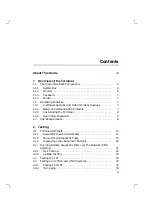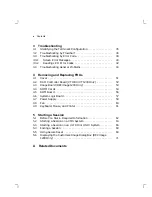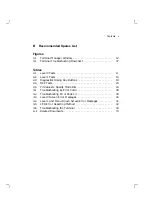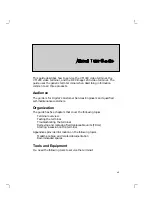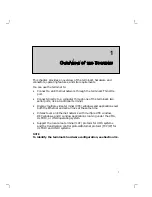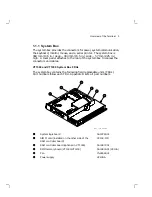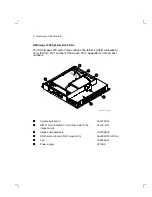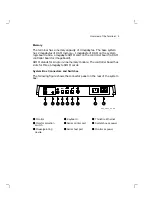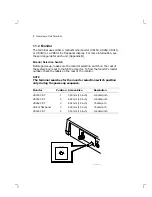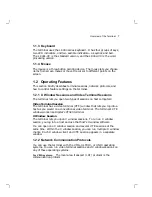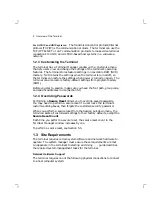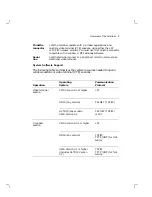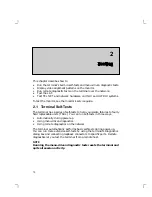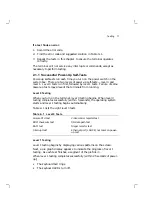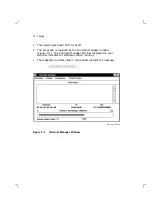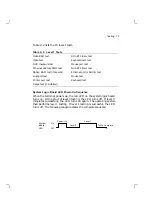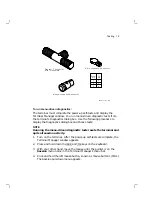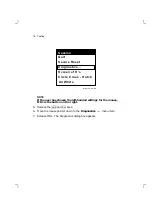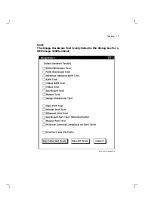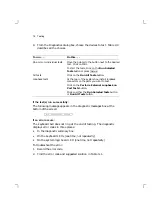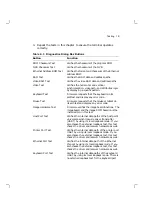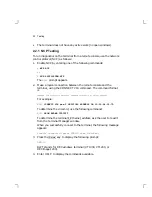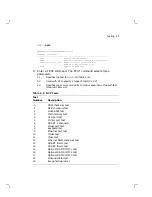
8
Overview of the Terminal
For ULTRIX and UNIX systems:
The transmission control protocol/Internet
protocol (TCP/IP) is the communication protocol. The terminal can use the
TCP/IP TELNET or LAT communication protocols to make video terminal
connections to UNIX and ULTRIX-based host systems in a wide-area
network.
1.2.3 Customizing the Terminal
The terminal has a Terminal Manager window with a Customize menu
that lets users view and change the settings of the terminal’s operating
features. The terminal stores feature settings in nonvolatile RAM (NVR)
memory. NVR retains the settings when the terminal is turned off, so
the terminal can restore the settings when power is turned on again. The
terminal can also restore factory-default settings from program memory
(ROM).
Before you start a session, make sure you have the font path, group code,
and specific addresses in use (Section 5.1).
1.2.4 Overriding Passwords
Performing a Secure Reset allows you to override saved passwords.
You may need to perform a secure reset if a user locks the terminal’s
customize dialog boxes, then forgets the customize security password.
When you perform a secure reset from the Session pull-down menu, the
terminal resets all customized settings to their factory defaults, except the
Secure Reset Count.
Each time you perform a secure reset, the secure reset count in the
Terminal Manager window increases by one.
To perform a secure reset, see Section 5.5.
1.3 Site Requirements
The terminal requires certain system software and network hardware to
operate. The system manager must ensure these requirements are met.
An appendix in the terminal’s Installing and Using . . . guide describes
the required system management tasks for the terminal.
Network Hardware Support
The terminal requires one of the following physical connections to connect
to a host computer system:


